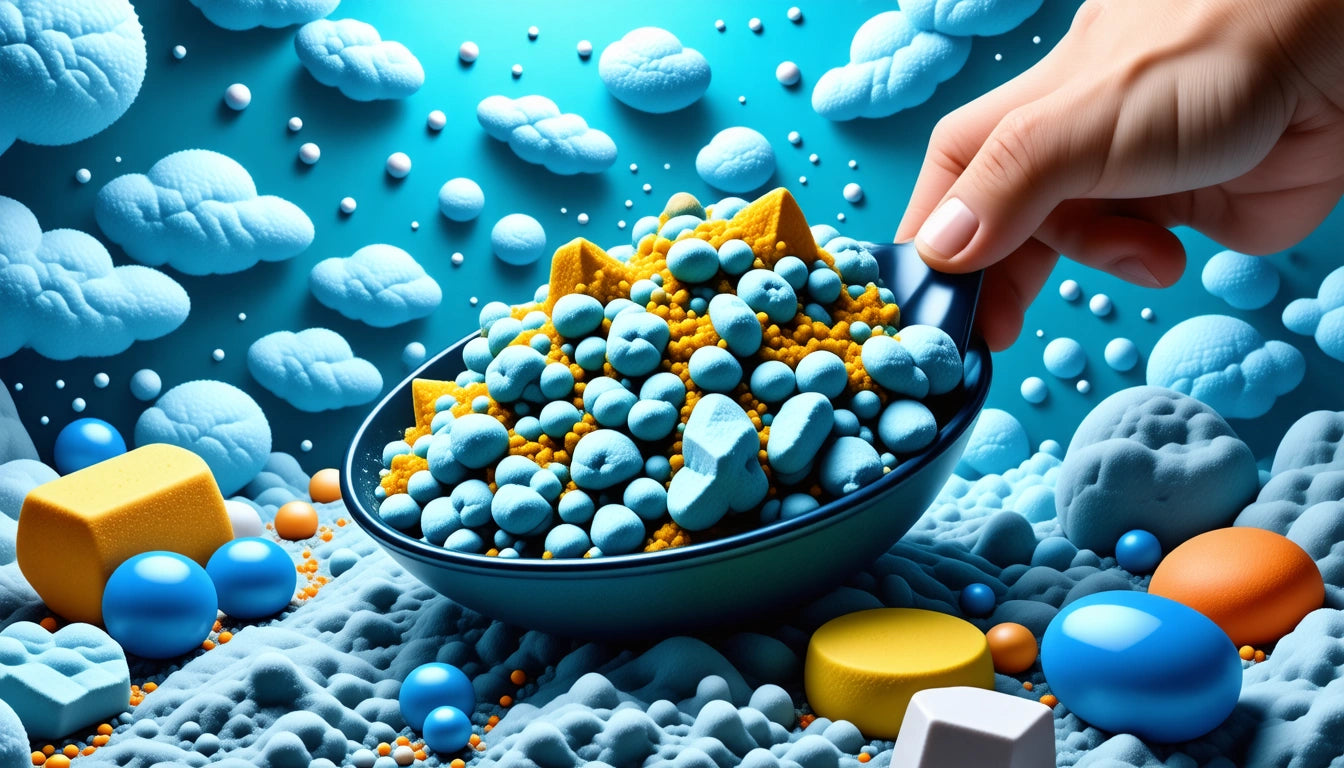Table of Contents
- Hash Pricing Factors: What Determines Cost
- Market Price Variations: How Much is Hash Around the World
- The Tola Measurement: Understanding Traditional Hash Quantities
- Material Requirements: How Much Plant Matter Needed for Bubble Hash
- Packaging Considerations: Preserving Hash Quality and Value
- Future Market Trends: How Hash Pricing Will Evolve
Understanding How Much a Gram of Hash Costs: A Comprehensive Guide
Hash remains one of the oldest and most revered cannabis concentrates worldwide. Whether you're a curious consumer or aspiring producer, understanding hash pricing, quantities, and production requirements is essential. This guide explores how much a gram of hash costs across different markets, traditional measurement systems like the tola, and material requirements for production.
Hash Pricing Factors: What Determines Cost
The price of hash varies significantly based on several key factors:
- Quality and potency: Higher THC content and terpene preservation command premium prices
- Production method: Hand-rolled traditional hash vs. solventless bubble hash or mechanical separation
- Geographic location: Legal status, local supply, and cultural factors
- Quantity purchased: Bulk discounts apply at higher volumes
According to market research, hash purity significantly impacts pricing. Full-melt hash, which leaves minimal residue when vaporized, typically costs 30-50% more than standard hash with plant contaminants.
Market Price Variations: How Much is Hash Around the World
Hash pricing varies dramatically depending on where you are in the world:
North American Markets
In legal U.S. states, traditional hash typically ranges from $10-30 per gram, while premium bubble hash or ice water hash can command $40-100+ per gram. Canadian markets tend to be slightly less expensive, with grams averaging $15-60 depending on quality.
European Markets
In countries like the Netherlands where cannabis is tolerated, hash prices range from €7-25 per gram. In Spain's cannabis social clubs, prices typically fall between €5-20 per gram depending on quality.
Traditional Production Regions
In Morocco, Afghanistan, and other traditional hash-producing regions, local prices can be as low as $1-5 per gram, though export-quality products command higher prices. These regions have been producing hash for centuries using traditional methods, as detailed in our guide to Moroccan hash.
The Tola Measurement: Understanding Traditional Hash Quantities
In many traditional hash markets, particularly in South Asia, hash is sold by the "tola" rather than by gram. A tola is a traditional unit of weight:
- 1 tola = approximately 11.66 grams
- Pricing for 1 tola of hash varies significantly by region
- In India and Nepal, 1 tola of hash typically costs between $50-150 USD depending on quality
- In Pakistan and Afghanistan, prices can range from $30-100 USD per tola
The tola remains a common measurement in regions with historical connections to the Indian subcontinent, though international markets have largely standardized around the gram.
Material Requirements: How Much Plant Matter Needed for Bubble Hash
For those interested in production, understanding yield ratios is crucial:
Typical Yield Ratios
When making bubble hash, yields vary significantly based on starting material quality:
- Average yield: 10-20% (meaning 100 grams of plant material yields 10-20 grams of hash)
- Premium flower: May yield up to 20-25%
- Trim and lower-quality material: Typically yields 5-15%
These ratios explain why high-quality hash commands premium prices. The hash-making process requires significant raw material and careful technique to produce quality results.
Strain Considerations
Some cannabis strains naturally produce more trichomes, making them better suited for hash production. Strains with high resin production can increase yields by 5-10% compared to average varieties.
Packaging Considerations: Preserving Hash Quality and Value
Proper packaging is essential for maintaining hash quality and maximizing value:
- Airtight containers prevent terpene loss and oxidation
- UV-resistant packaging protects potency
- Temperature-stable materials prevent degradation
Many commercial producers use specialized concentrate containers, while traditional hash is often wrapped in plastic or parchment paper. For home storage, consumers often use small glass containers or specialized silicone containers.
For commercial operations, proper packaging not only preserves quality but also ensures compliance with regulations. Many producers use specialized hash packaging that maintains freshness while meeting regulatory requirements.
Future Market Trends: How Hash Pricing Will Evolve
Several factors will influence hash pricing in coming years:
- Legalization expansion: As more regions legalize cannabis, production costs may decrease while quality standards rise
- Production technology: Improved extraction methods are increasing yields and quality
- Consumer education: Growing knowledge about concentrates is driving demand for premium products
- Sustainability concerns: Eco-friendly production methods may command price premiums
Industry experts predict that while overall prices may gradually decrease with expanded production, premium artisanal hash will maintain higher price points as connoisseur markets develop. The world's best hash varieties will likely continue commanding premium prices due to their unique characteristics and production methods.
Understanding these market dynamics helps both consumers and producers make informed decisions about hash purchases and production investments in this rapidly evolving market.











Leave a comment
All comments are moderated before being published.
This site is protected by hCaptcha and the hCaptcha Privacy Policy and Terms of Service apply.